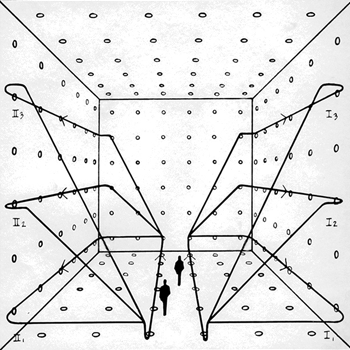i'm gonna make this up on the spot so mea culpa if it's messy but I find Taylor expansions really useful in these sorts of situations
if we start with function# f( g(x))#
and by definition we have
#(df)/(dx) = lim_(h to 0) (f(g(x+h)) - f(g(x)))/(h)#
Using Taylor, we're gonna expand the first bit as follows:
# g(x+h) = g(x) + h g'(x) + O(h^2)#
So to clarify, we have
#(df)/(dx) = lim_(h to 0) (f color(red)(( g(x) + h g'(x) + O(h^2))) - f(g(x)))/(h)#
now to simplify a little we set: #eta(x) = g'(x) + O(h)#
#(df)/(dx) = lim_(h to 0) (f ( g(x) + h eta (x) ) - f(g(x)))/(h) qquad square#
And now we're gonna expand #f ( g(x) + eta (x) )# by the same process
#f ( g(x) + h eta (x) ) = f(g(x)) + h eta (x) f'(g(x)) + O(h^2)#
#= f(g(x)) + h ( g'(x) + O(h)) f'(g(x)) + O(h^2)#
#= f(g(x)) + h f'(g(x)) g'(x) + O(h^2)#
We can put that in #square#
#(df)/(dx) = lim_(h to 0) ( f(g(x)) + h f'(g(x)) g'(x) + O(h^2)- f(g(x)))/(h)#
#(df)/(dx) = lim_(h to 0) ( h f'(g(x)) g'(x) + O(h^2))/(h)#
#= lim_(h to 0) f'(g(x)) g'(x) + O(h)#
#= f'(g(x)) g'(x) #

